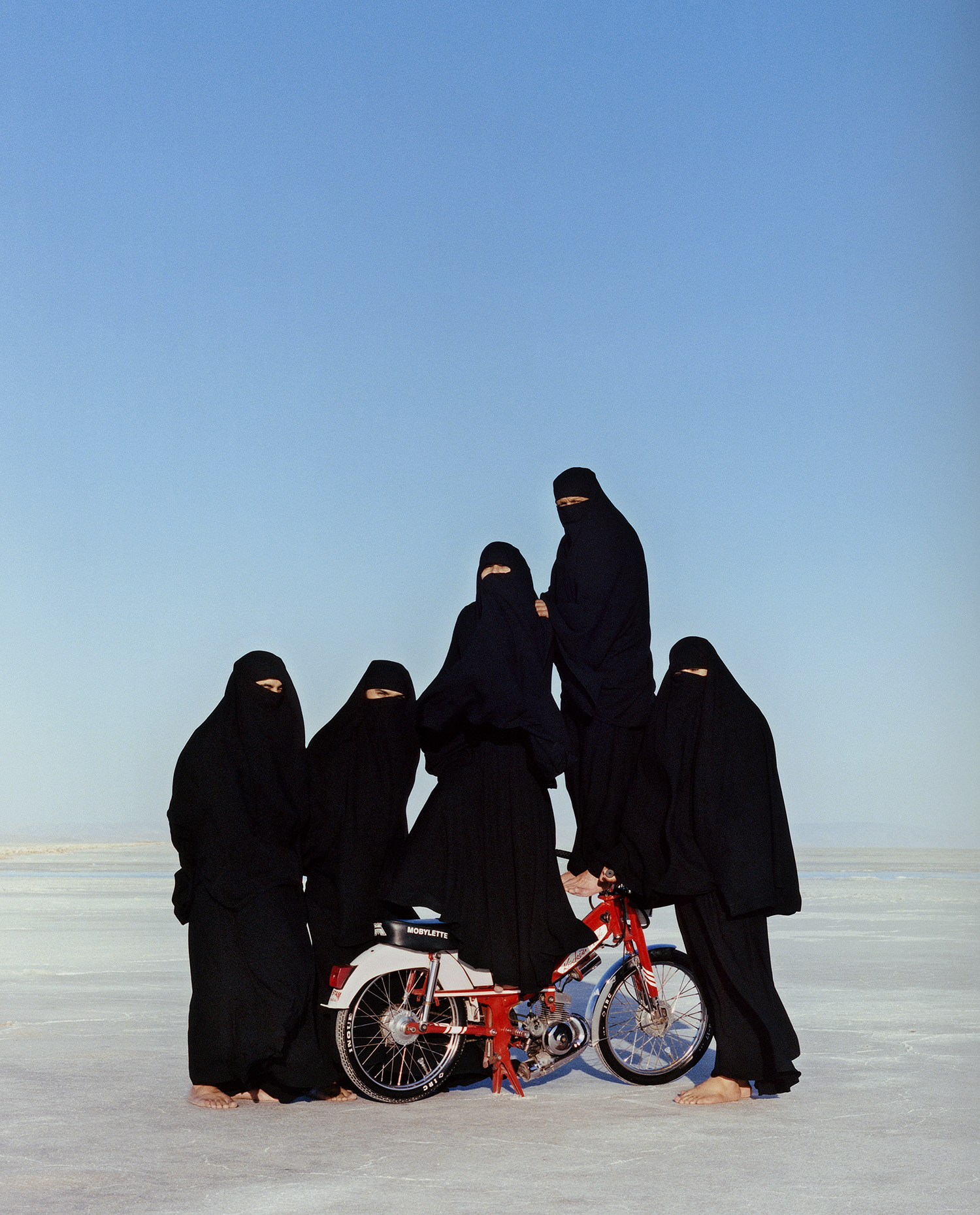The work of Turkish photographer Olgaç Bozalp points to two truths, complementary but also somewhat opposing. Places define people, but people imbue different places with their own meanings. A place not yet inhabited is not a home, but when does an abandoned home cease to be one?
These paradoxes are explored in his photobook Leaving One for Another, a mixture of documentary and staged photographs about migration and movement. We don’t know whether his characters are leaving or arriving, how far along their journeys they are, or their origins and destinations. Decisions as simple as showing someone facing a particular direction can influence our perceptions. But there are no fixed points. The photographs exist between certainties, constructions rather than depictions of transit’s limbo.
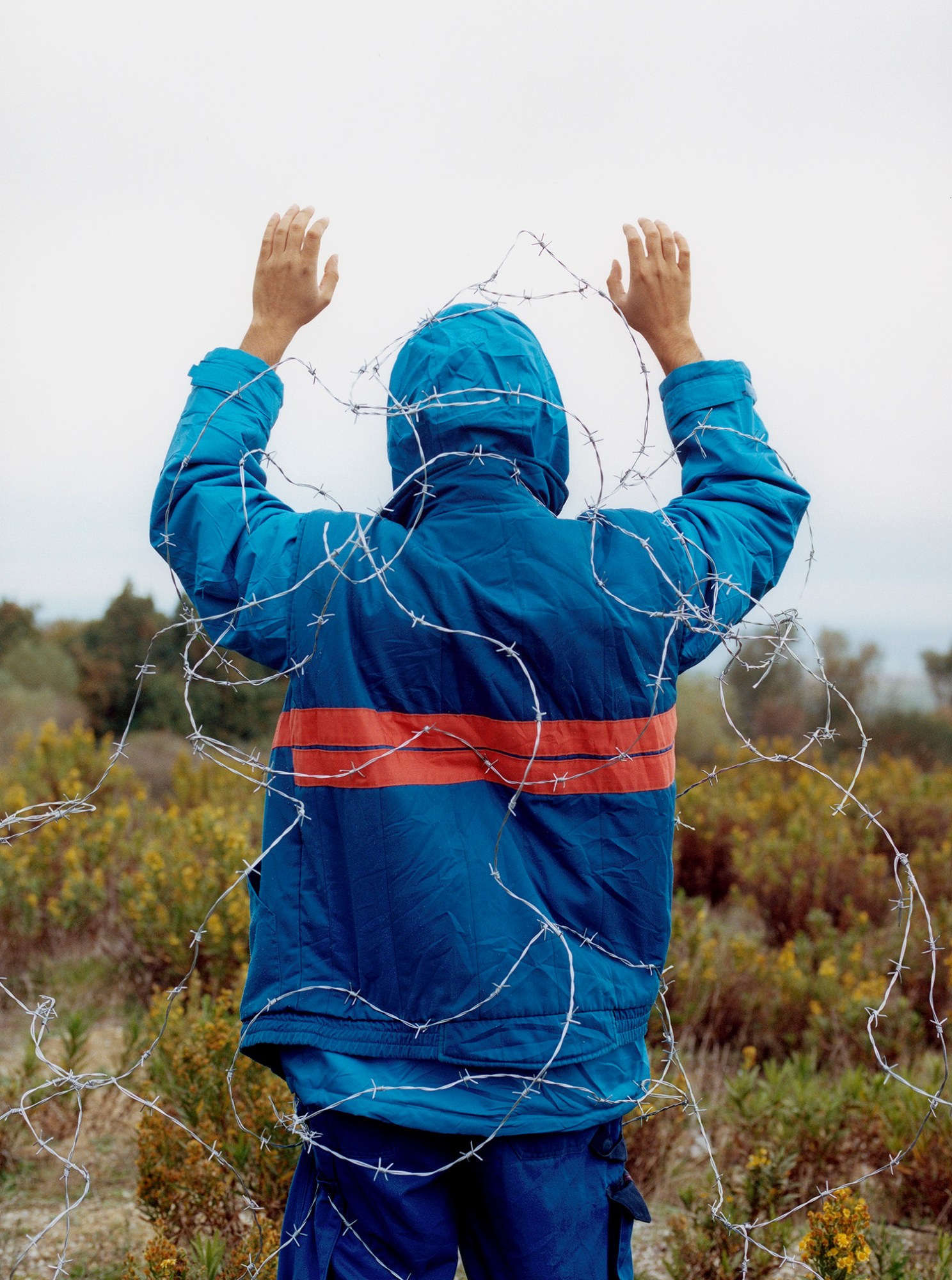
Olgaç’s subjects buckle under the weight of packs, clamber on rocky outcrops, or rest splayed over the motorbikes that carry them. A warm light evokes Greek or Turkish sunsets, while earthly textures are a key visual idiom. Cracked roadsides appear alongside luminous salt flats; in other images, mountain slopes create a kind of immersive shade, obscuring the horizon. Objects from mattresses to telephones represent the detritus of movement, the non-human markers of lives uprooted.
Vehicles are important, a reminder that access to transport — and therefore wealth — increases a person’s chance of a successful journey. The book also speculates on new types of expression, using the migration framework to challenge social conventions. “Boys on a Bike (Salt Lake)” shows a group of Olgaç’s male friends dressed in burqas. “I wanted to think about the ways in which migration plays with our identities and gives us the opportunity to rewrite who we are,” he says.
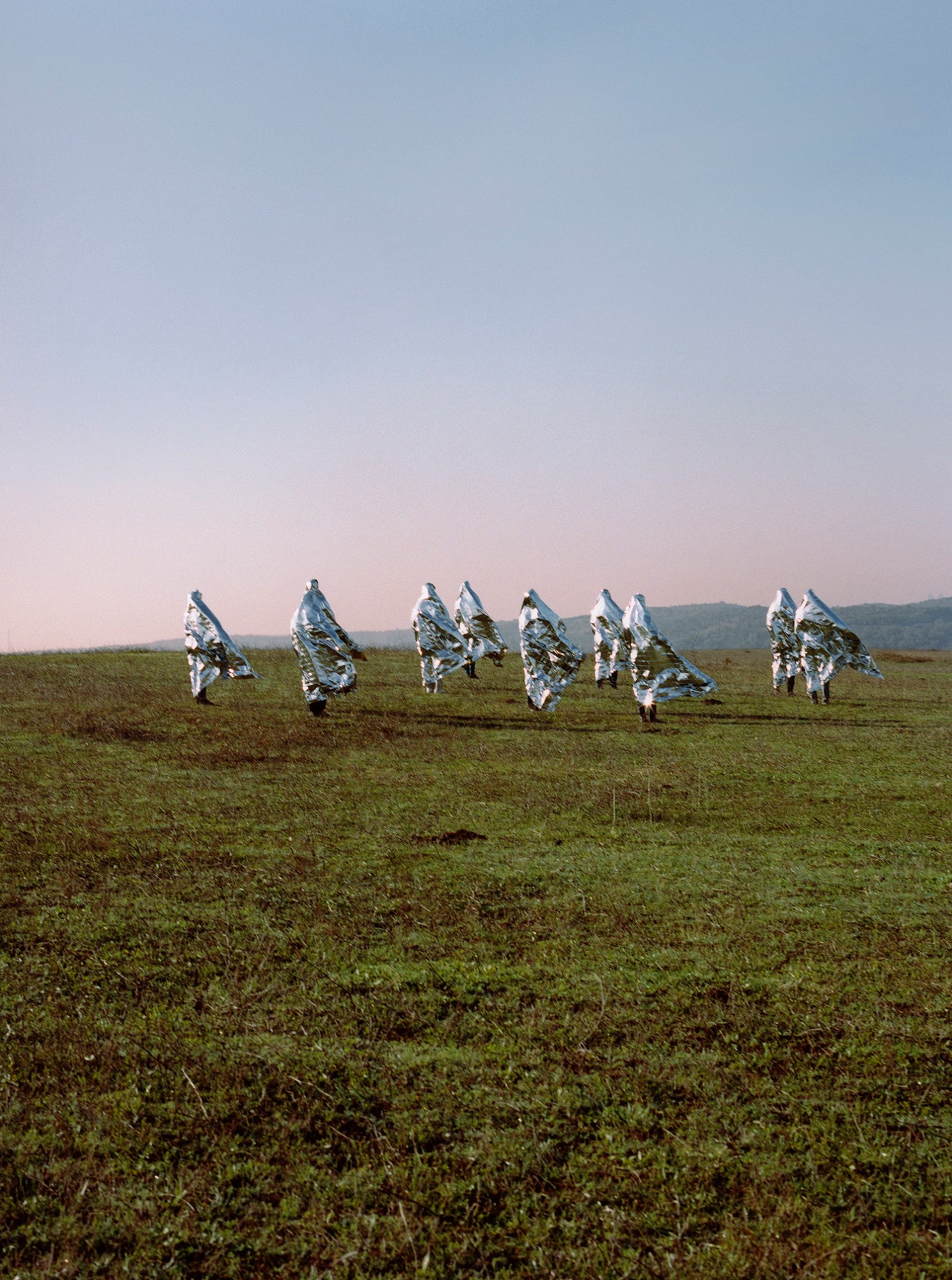
In some images, movement becomes a kind of dance or performance. A group of people spill out of a red car, their cloaks matching the paintwork to create a hybrid sculpture. A photograph of entwined painted hands depicts a fleshy, more intimate side to group journeying. People are united in their motion but are often confined to their vehicles or separated by varying intentions or goals. Olgaç reminds us of the tactile nature of shared experience, the inevitability of touch and closeness when traversing vast, barren distances. Movement becomes lyrical, an individual’s personal story subordinate to a shared sensation.
Olgaç has travelled to over 50 countries, but the images do not represent a specific location, he says. Most were shot in Istanbul and his hometown, Konya, in Turkey. Friends and locals assumed the roles of people he had seen across Asia, the Middle East and Cyprus, whether forcibly displaced, leaving gentrifying neighbourhoods, or fleeing conflict zones. “Or simply in search of a new opportunity, be it financial or self-expression,” he adds.
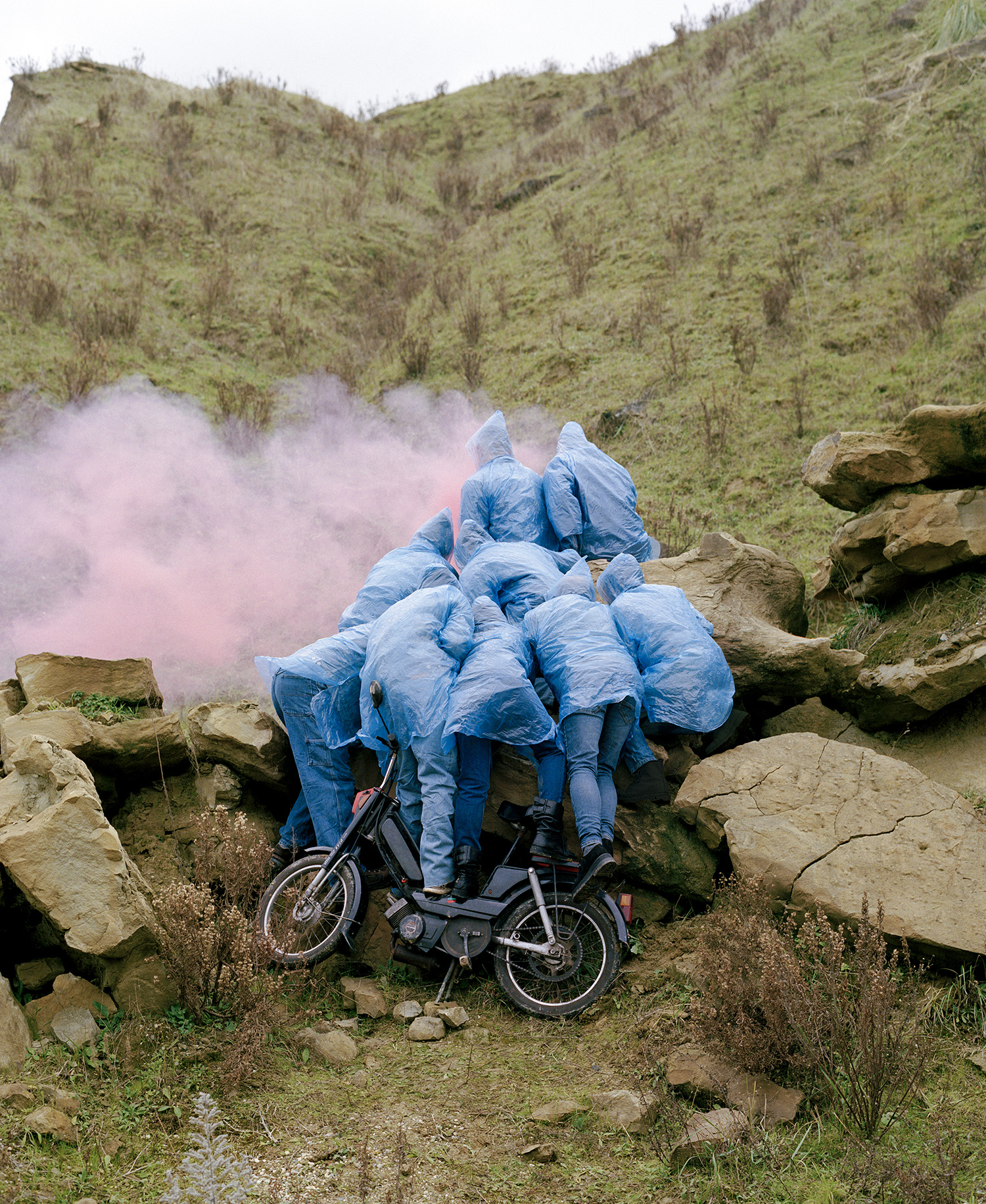
If the outdoor scenes provide the landscapes to imagine these journeys, Olgaç’s domestic photographs offer more complex renderings of assimilation and belonging. Small passport photographs of servicemen, a long tube light above a patterned sofa, and television remotes covered in protective plastic speak to the way leaving a place can create a nostalgia for the mundane. In “Woman Behind the Curtain”, a figure stands in front of a radiator, gazing out a window, her flowered dress softened by net curtains.
“Each time I revisited my childhood home, I would notice something I hadn’t before,” Olgaç explains of the image. Returning intermittently to Turkey from London, “my most vivid memory was the final goodbye, my aunt or grandmother waving to me from the window of their home.” But there is no wave in this recreation. Once again, arrival is never confirmed. The woman embodies the waiting that migration requires but also the lingering pain of goodbyes, emotions held in static poses.
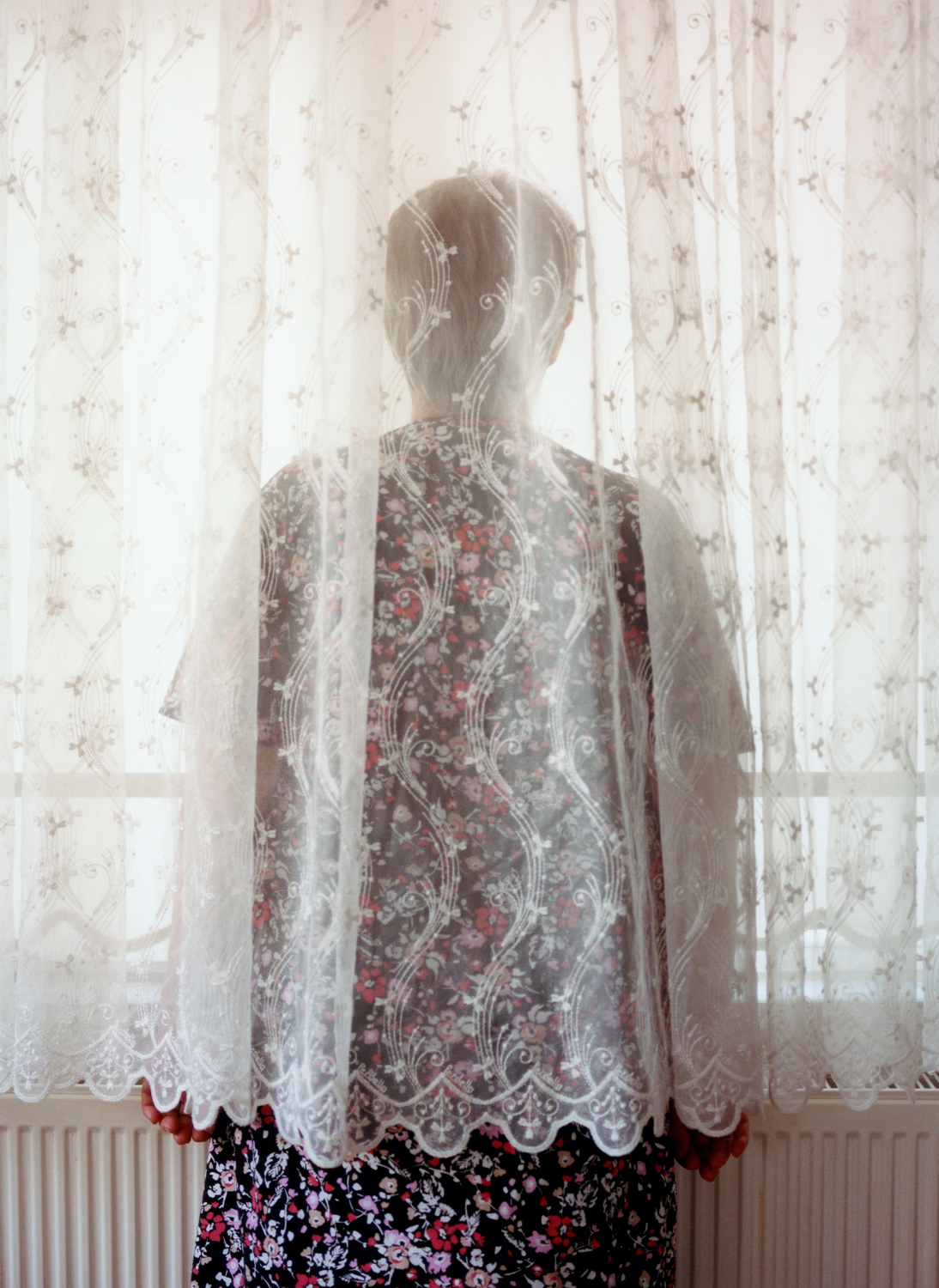
Snippets of text on the book’s cover tether these feelings to Olgaç’s own childhood. “Being sent to bed at nine every night; always flunking at school; having to prove myself to dad’s friends” all paint a specific picture, but there is also the sense here of claustrophobia, of a wider world to be discovered. “The closed-mindedness of people; being told I’d fail for not sticking to the jobs they wanted me to have; never visiting a big city outside of Konya until age 17.”
The most striking combines these two sentiments. “Looking after my dad’s clothing shop — I believed that was all my life would be.” But it is the last line which resonates most with the book. Not fixating on the past or even longing for a defined future, but discovering different worlds through movement and human encounters. The memory connects Olgaç’s childhood with the photographs and the journeys they represent. “Having guests from different cities,” it reads. “Listening to their stories.”
‘Leaving One for Another’ by Olgaç Bozalp is published by Void
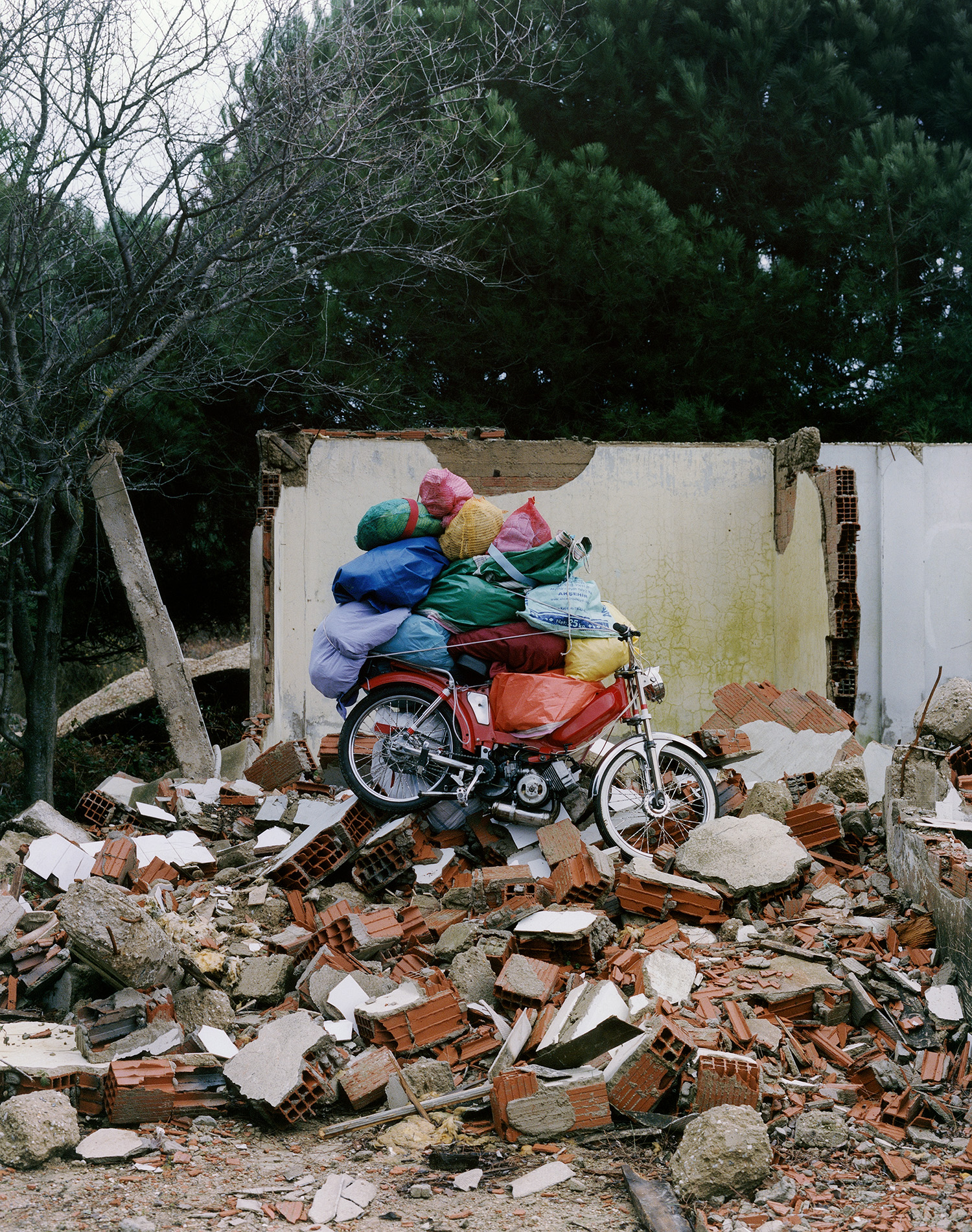
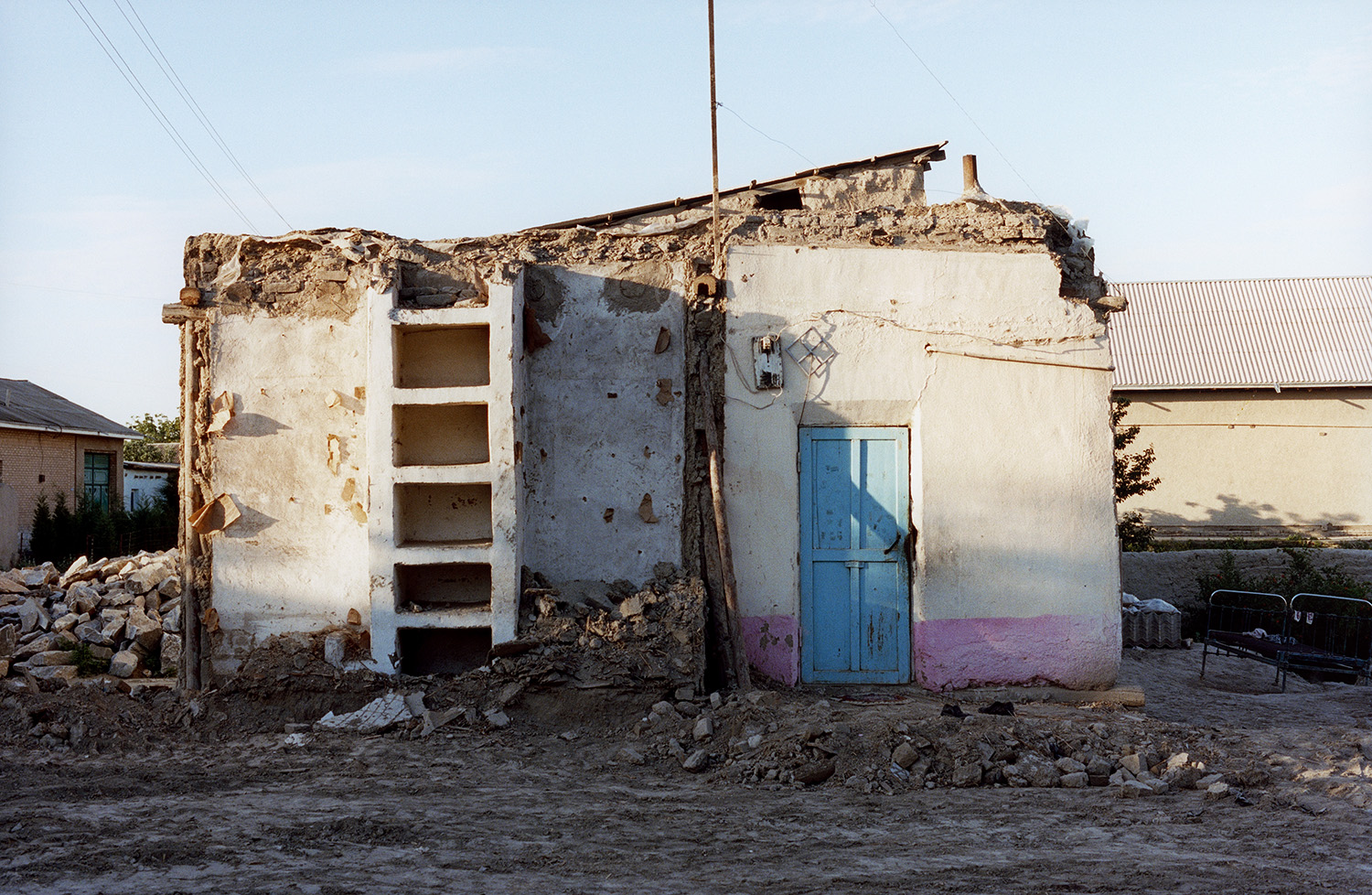
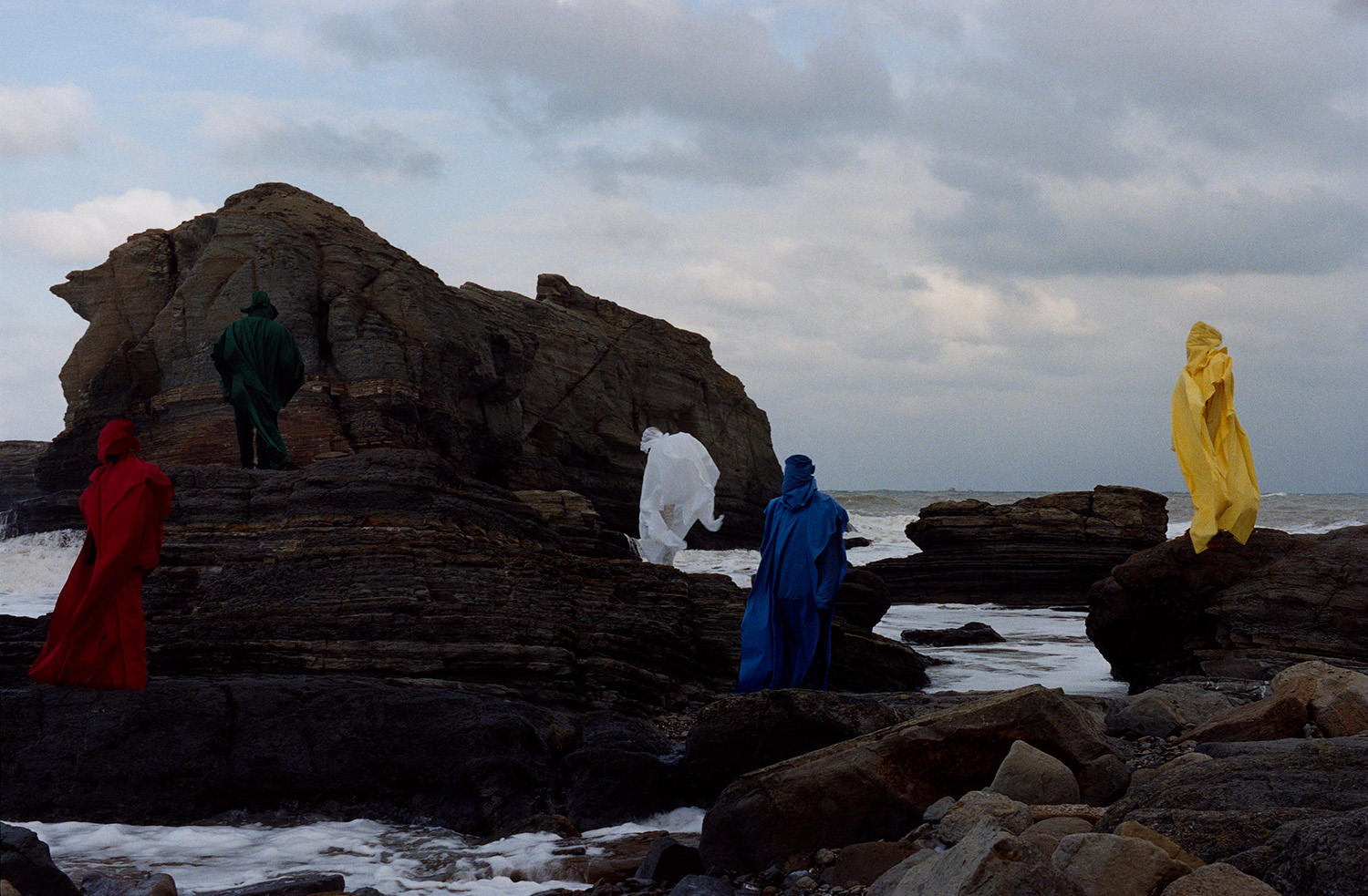
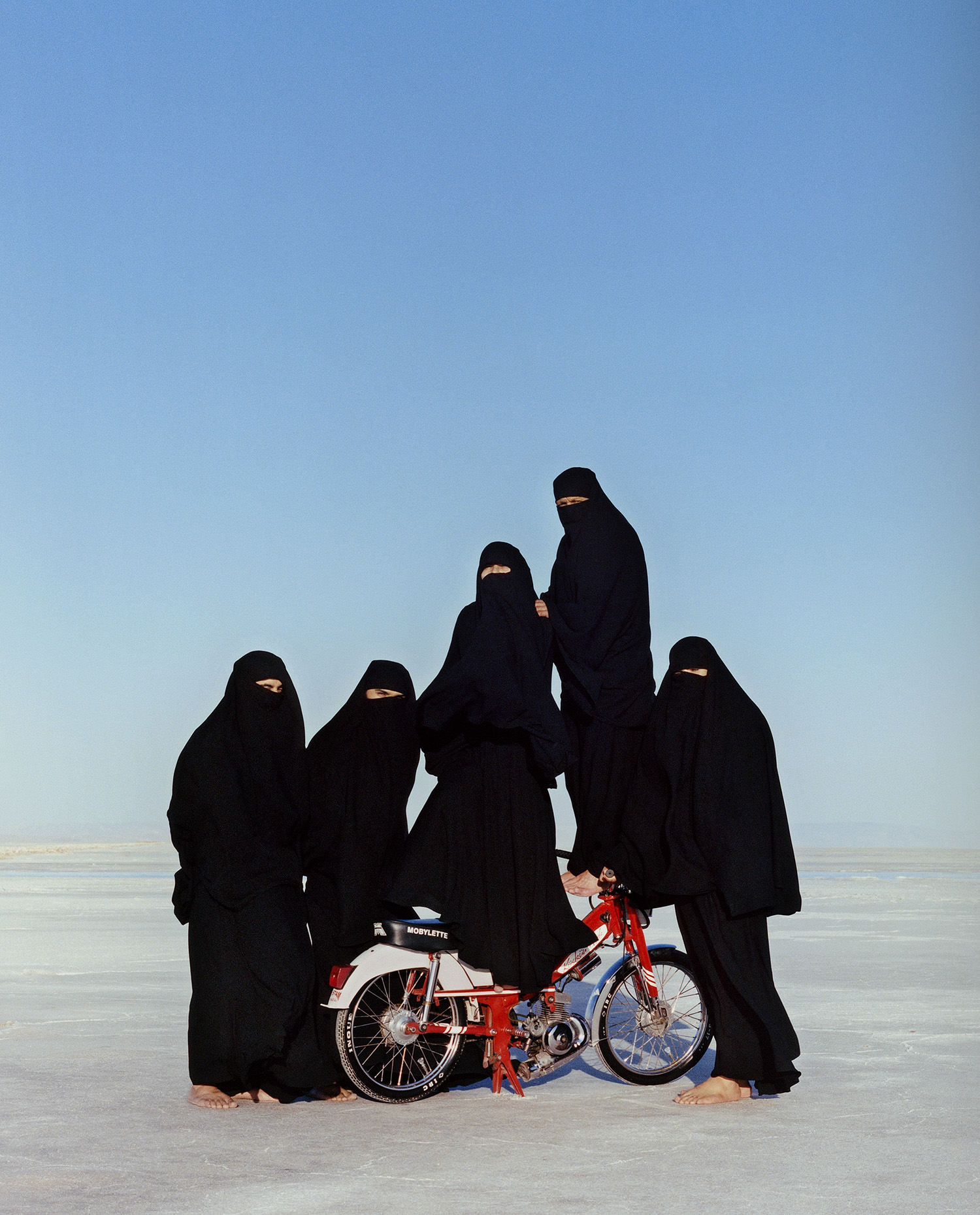
Credits
All images from Leaving One for Another © Olgaç Bozawp
